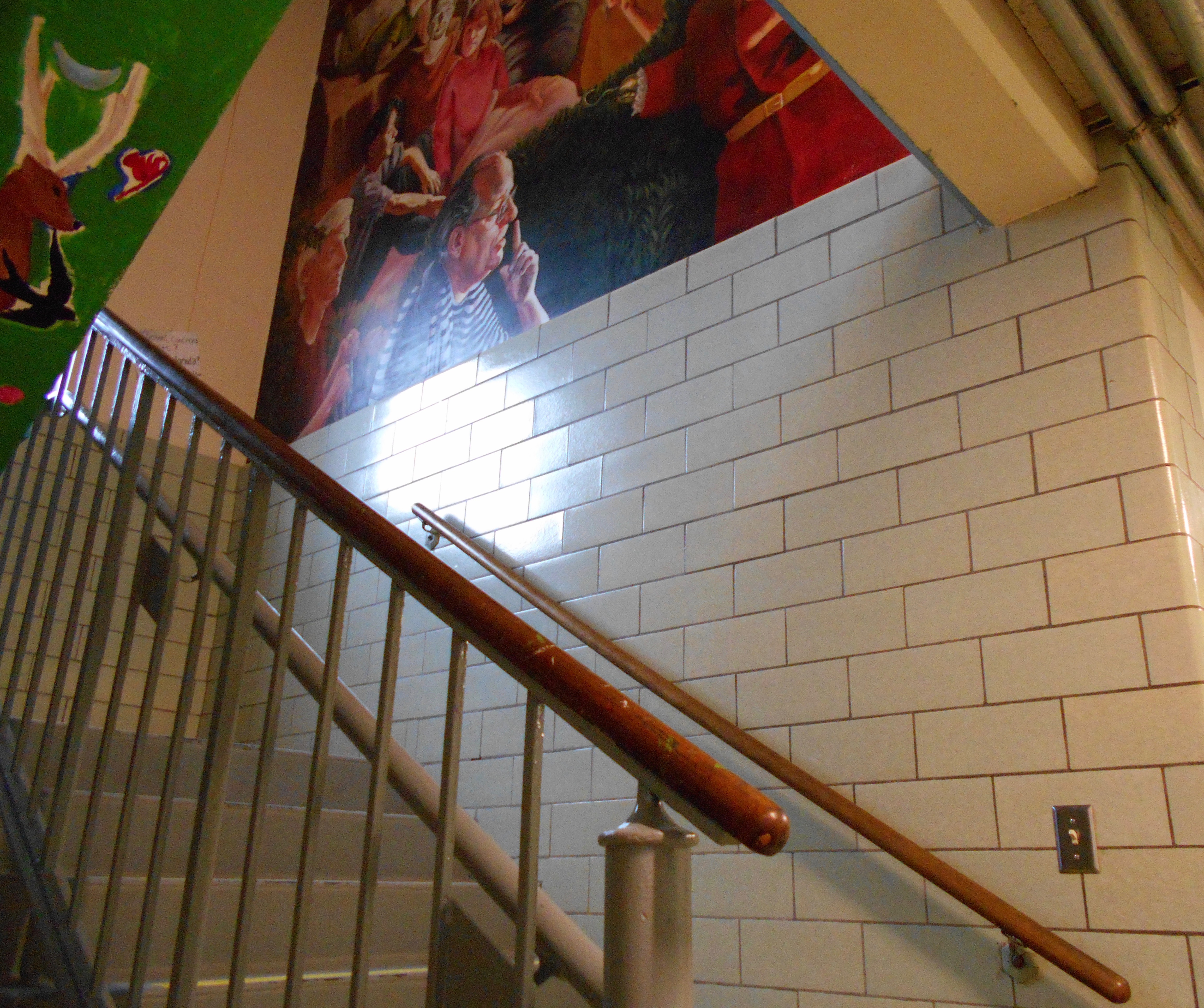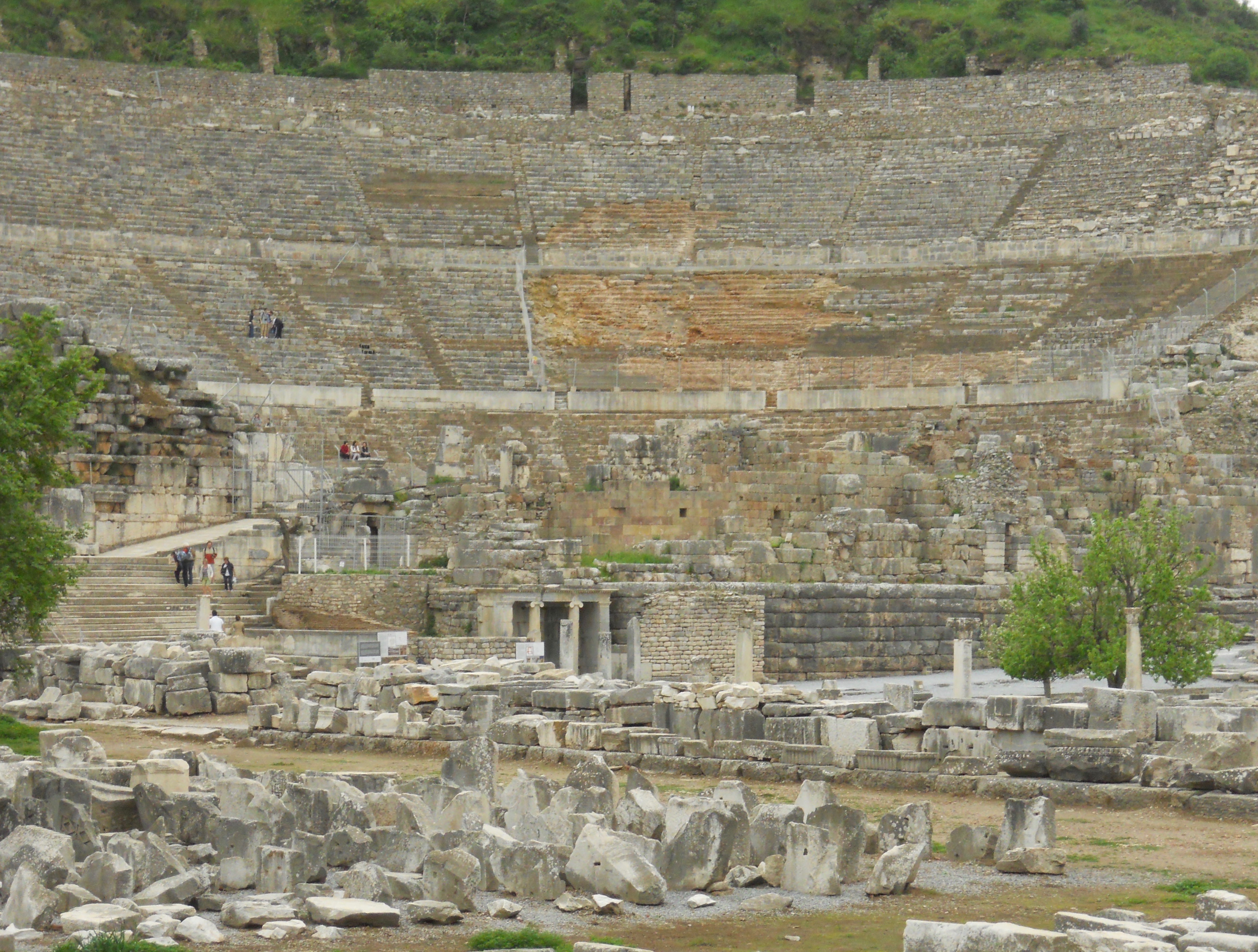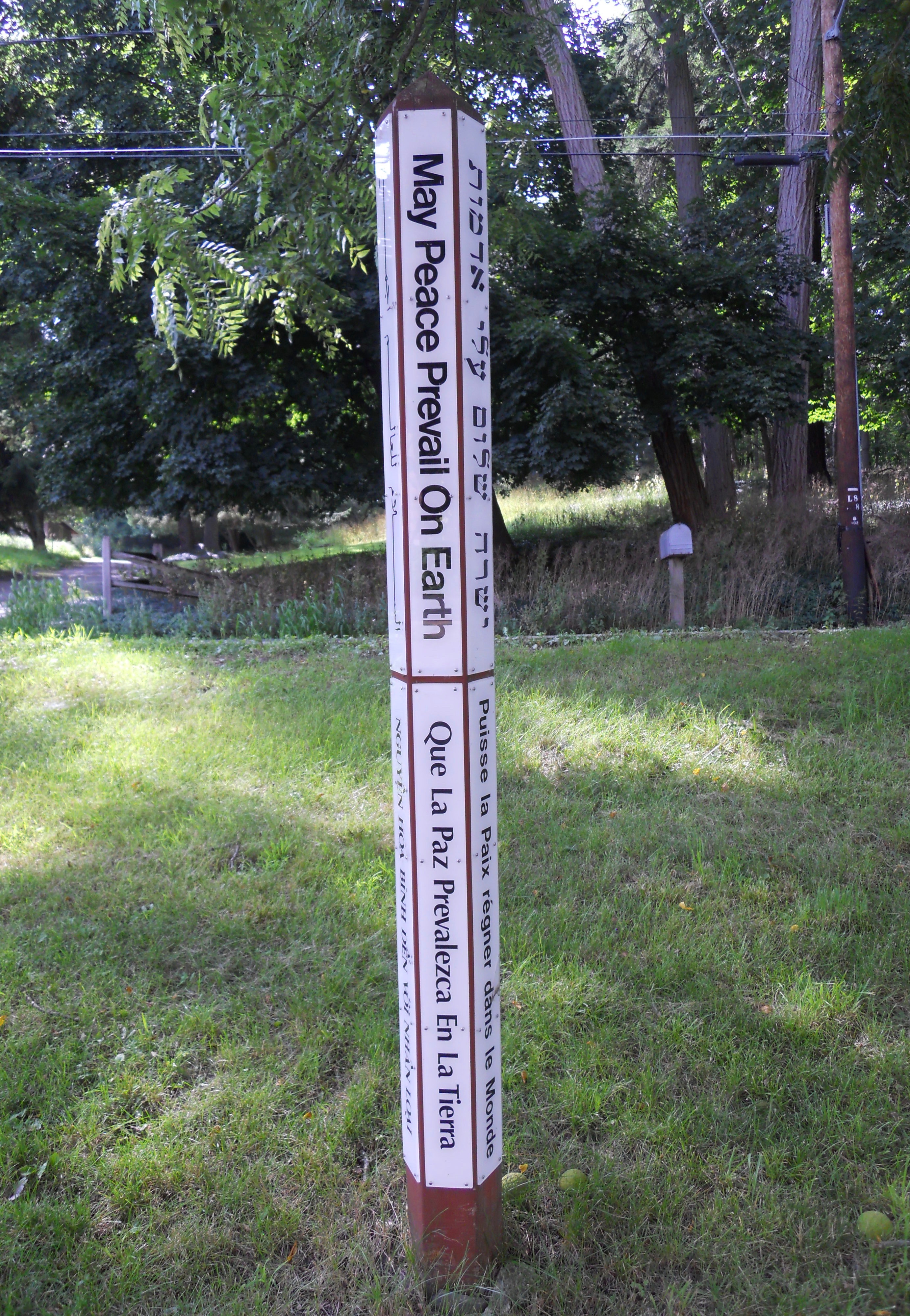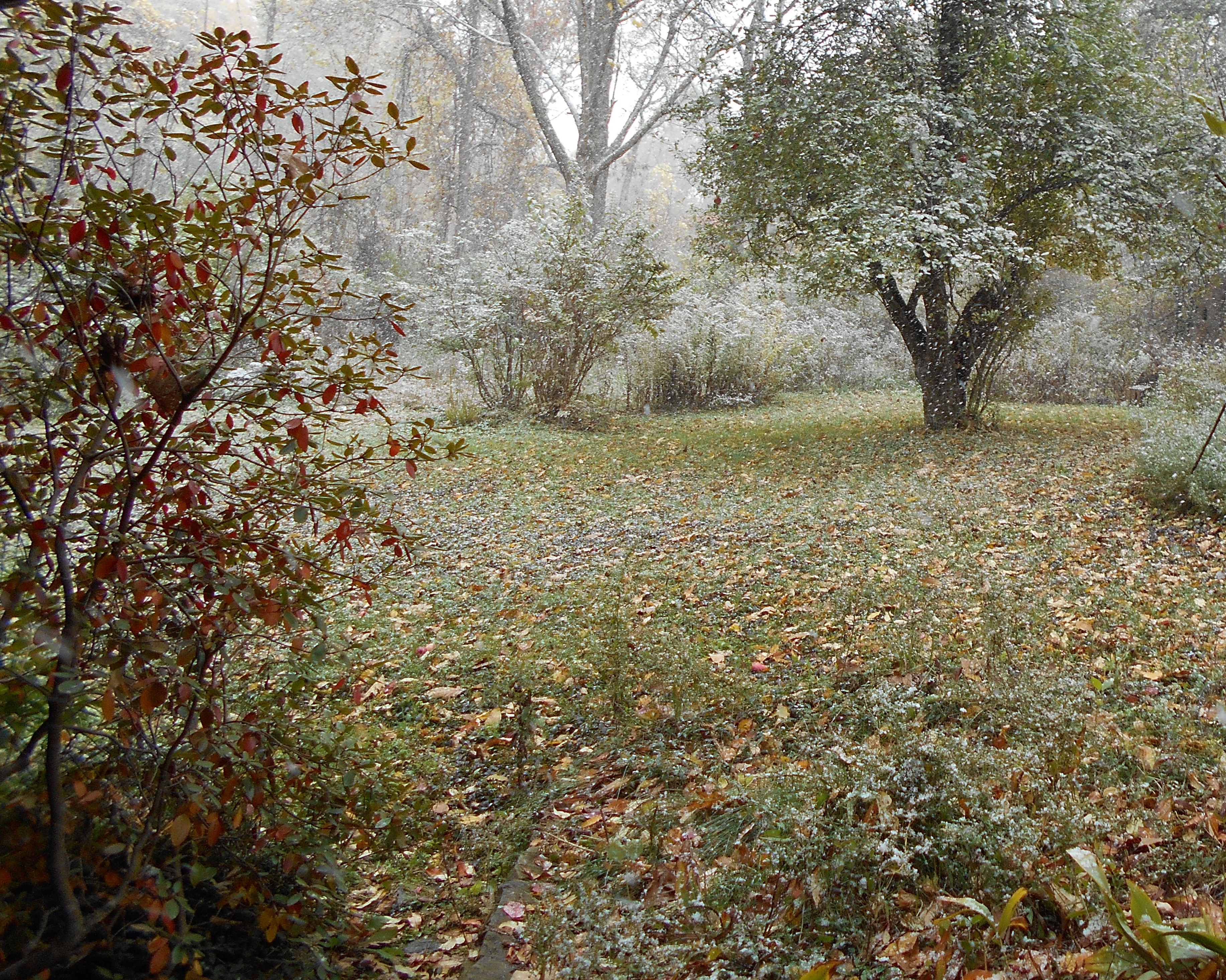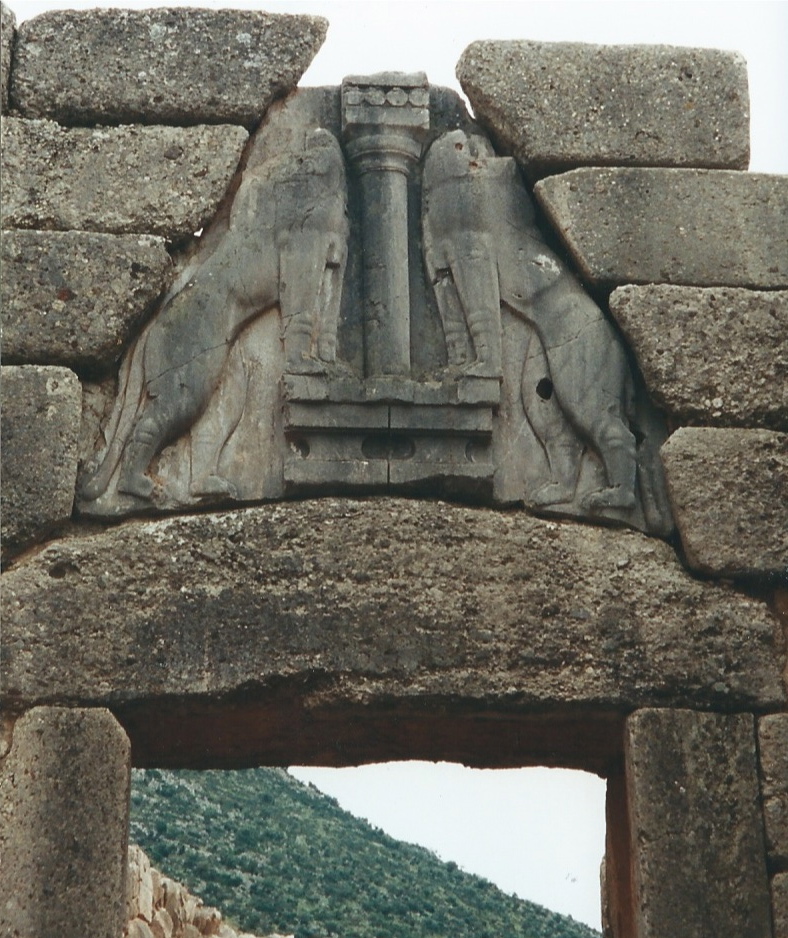A trend I find encouraging in schools is consciously teaching social-emotional skills. This is often, but not always, accompanied by mindfulness education, or teaching how to be aware of your emotional and thought processes moment-by-moment. So, guess what administrators and politicians want to do with these programs? According to an article by Kate Zernike in the New York Times, “Testing for Joy and Grit? Schools Nationwide Push to Measure Students Emotional Skills,” they want to use standardized tests to assess students in these programs. I mean, such tests have proven so beneficial with measuring other forms of learning and promoting learning in general, why not test a student’s “grit?”
No! Despite the fact that there are many indicators that demonstrate the value of social-emotional learning and mindfulness training in the classroom, all such testing will do is undermine the learning. Testing means teaching to the test. It is the test that indicates whether the standards or indicators of learning have been met. As Zernike asks in her article, how do you incorporate into a standardized test indicators of emotional awareness? Patience? Kindness?
Standardized testing motivates students to do well largely through fear of a bad grade. If they don’t pass, students might not move on in grade or complete high school, or their teacher might get a bad evaluation. Fear can undermine any form of learning, so it’s particularly perverse to use it to assess how well students understand their own emotional responses.
But wouldn’t a test motivate students to learn “grit” or hardiness in the face of fear? First, you can’t reduce emotional intelligence to having “grit.” Grit is one emotional trait that is very helpful in certain contexts but can be destructive in other contexts. As educator Alfie Kohn pointed out in a critique of “grit,” students need to question if the task they are being asked to persist at completing is worth the effort. Stick-to-itiveness and persistence is only valuable when combined with knowing how to prioritize what should be pursued and with empathy for the implications and consequences of a pursuit. It needs inner awareness of one’s motivation and the ability to critically examine the task itself.
Second, social-emotional learning and mindfulness do help students face fear more productively. But such learning does not happen through fear of punishment or a concern with how others assess your skills. To look within, as emotional intelligence requires, means finding your own intrinsic motivation to do so. If you are overly focused on how others assess you, as often happens with standardized testing, you will never learn to accurately perceive what is within you. You will always look in the wrong place. You look at yourself as you imagine others see you, not as felt by yourself.
As Zernike points out, in education, what is tested is what is valued. As things stand in the educational establishment, only if students are tested in a subject will it be valued. But this is the problem, not the solution.
Many people exercising power and influence over public education in this country, despite all the protests over recent years, think of tests and the simple numbers they generate as the tool for assessment, and they use it to nail down students and teachers. They have what appears to be a learning disability, or rigidity in thinking, as despite the lack of evidence to demonstrate that standardized testing promotes learning, they persist in their behavior. Psychologist Abraham Maslow called it the law of the instrument. “If the only tool you have is a hammer, you tend to treat everything as a nail.” Tests generate numbers that can be used to rank students, but just because you have a number doesn’t mean that the number signifies anything. Without such proof, test scores are an illusion of relevance.
You need numbers and other data to evaluate the effectiveness of these new programs. So, instead of tests look at drop out rates. Look at attendance. Look at student projects. Look at reduced rates of violence in the classroom. Look at the joyfulness of students. But don’t try to bury emotional learning in irrelevant, if not destructive, test scores.

